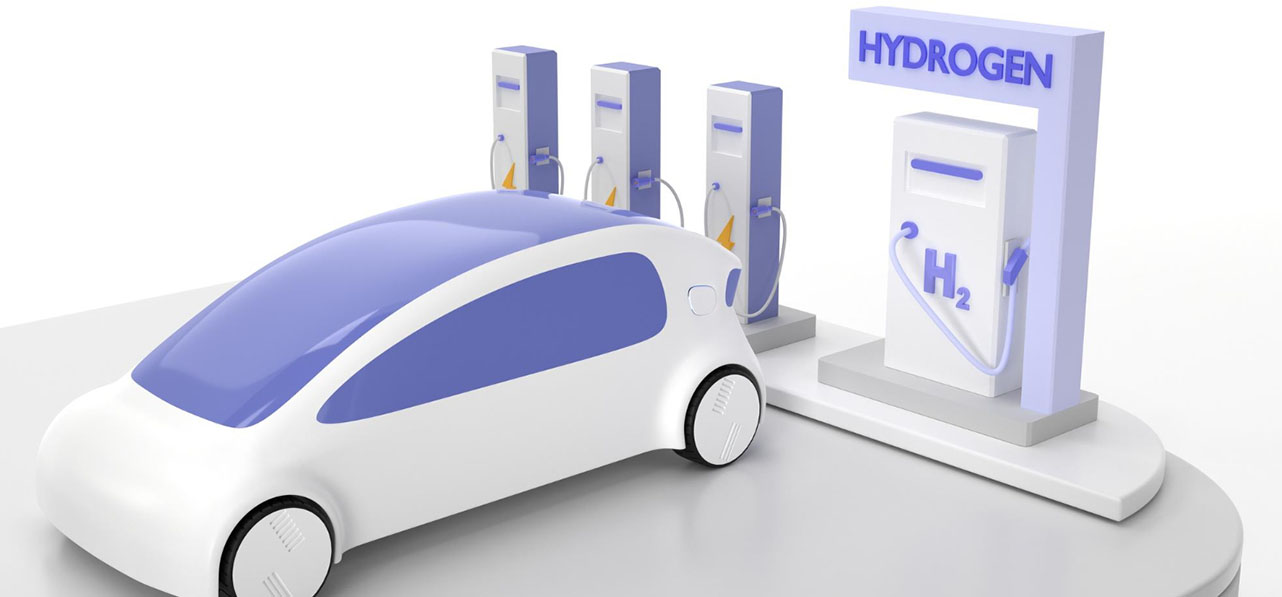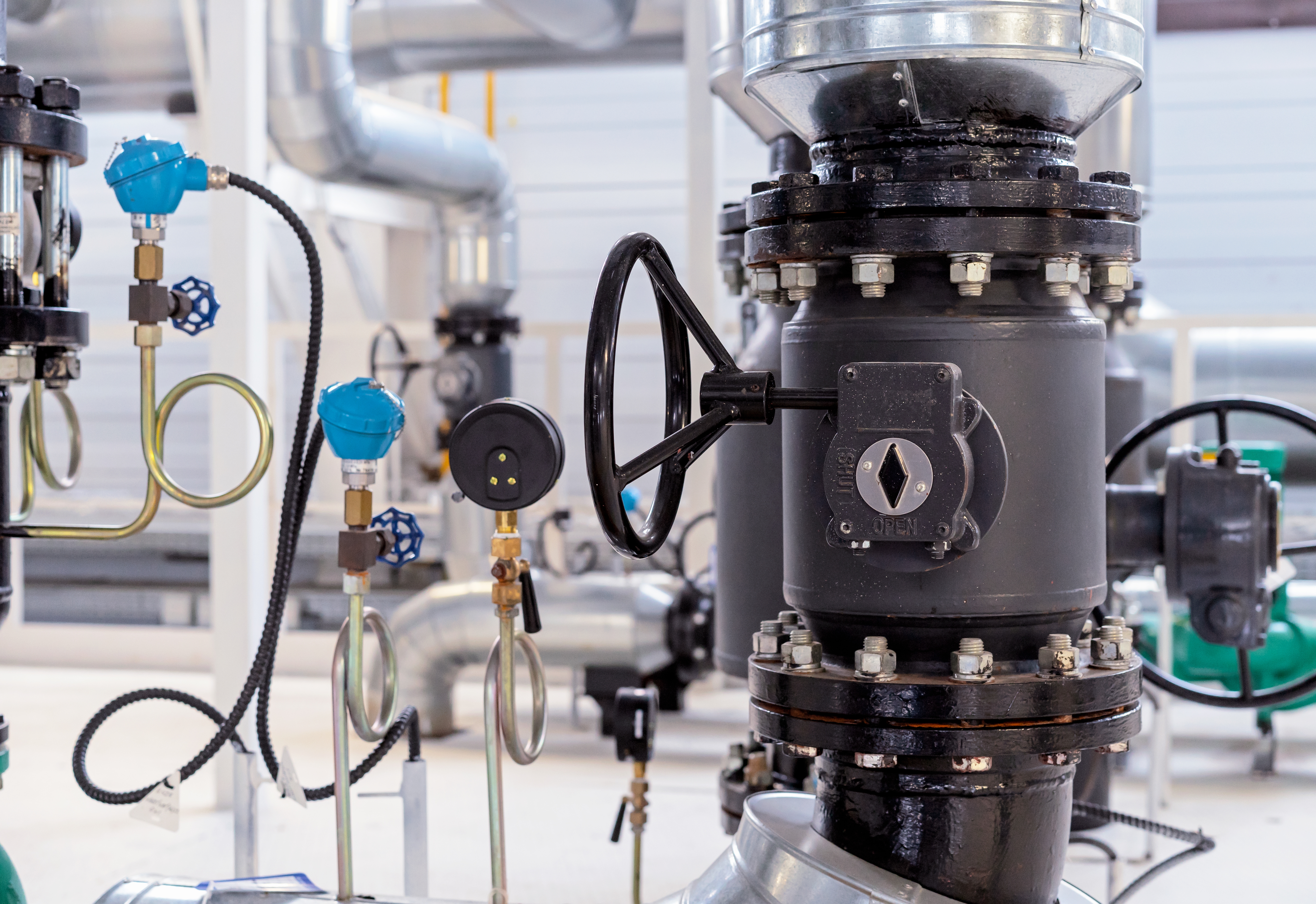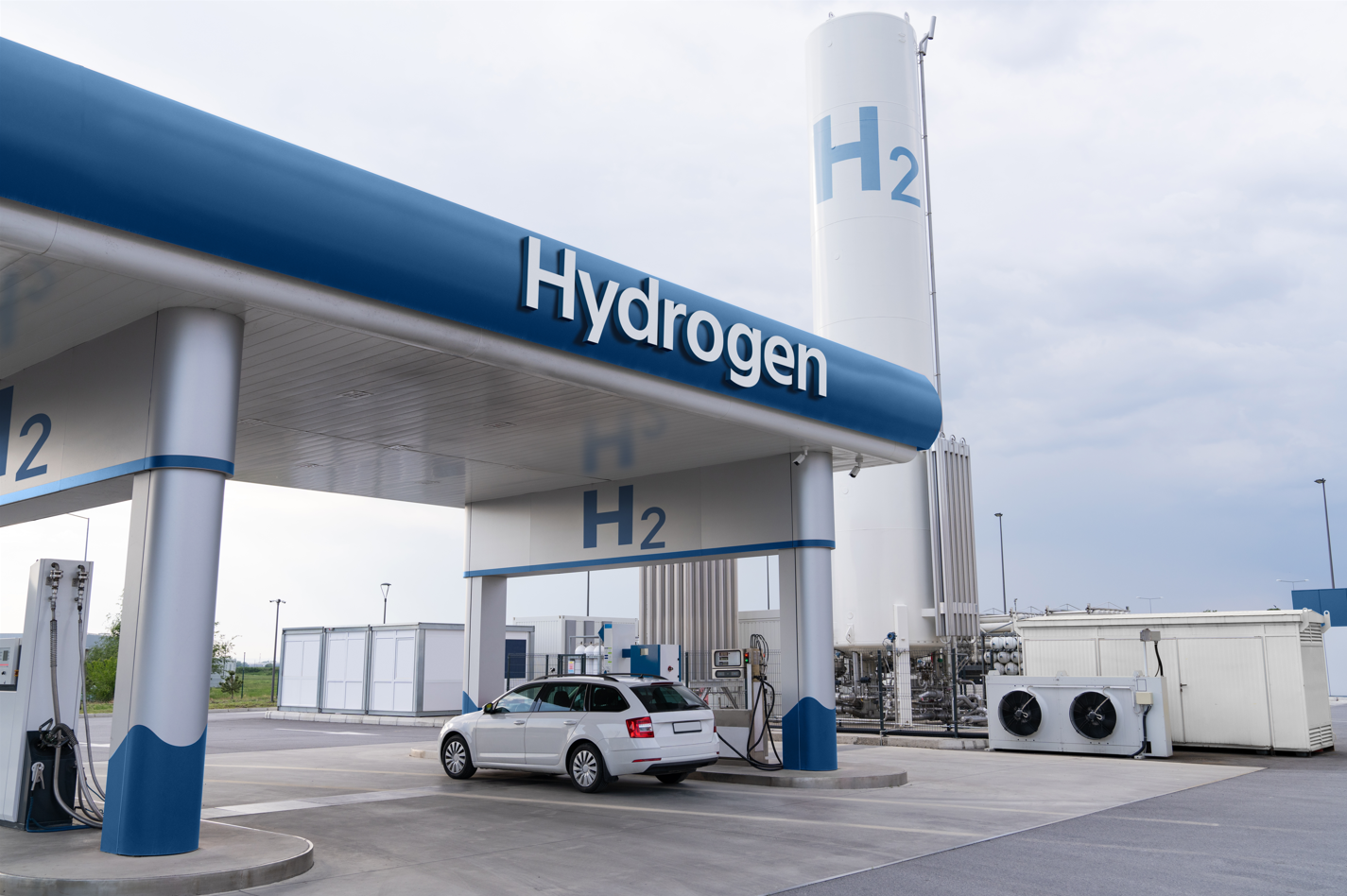Featured Articles
2022-05-30
The cruising range of hydrogen vehicles exceeds 1,000 kilometers, much higher than that of fuel vehicles and lithium electric vehicles
 There is still room for further development in hydrogen energy vehicles.
There is still room for further development in hydrogen energy vehicles.Just as the lithium electric car squeezed out a little bit of battery life like squeezing toothpaste, the second-generation Toyota Mirai hydrogen car was filled with hydrogen fuel in 5 minutes in August 2021 and was not replenished on the way, and completed 1360 kilometer driving distance in Southern California, USA.; refreshed the record of 1003 kilometers in May of the same year. Those two driving are environmentally friendly, rather than energy-saving driving modes, which are closer to normal car conditions. In addition to the different venues, the former has only two drivers sharing and driving in turns; the latter has four. This means that in the United States, where there are usually single-person vehicles and no other passengers, the long-distance driving range of hydrogen energy vehicles can reach more than 1,000 kilometers. Hyundai's hydrogen car NEXO was driven by two drivers in Australia to complete a driving distance of 887 kilometers in May of the same year. Whether it is Mirai or NEXO, the endurance is easily surpassed by less than 500 kilometers of lithium electric vehicles, and even farther than traditional fuel vehicles.
Taking the second-generation Mirai as an example, the endurance has increased by at least 30% compared with the first generation, only 6 years apart from the previous generation. There are many ways to start the improved method. One is to use the stronger three-layer design of the hydrogen storage tank to change the original two hydrogen storage tanks into three, arranged in a T-shape, and one vertically distributed under the central floor; Two are placed laterally under the rear seats and the luggage compartment, thus increasing the capacity of the hydrogen storage tank. The second is a higher-efficiency powertrain , including moving the fuel cell stack from under the nacelle to the front cabin, just like the structure of a fuel vehicle; and improvements to the fuel cell boost converter and power control unit. According to data released by Toyota, the output density has increased from 3.5 kilowatts per liter in the first generation to 5.4 kilowatts per liter in the second generation. The third is the reduction of weight, such as the miniaturization of newly developed components and modules.
The time for mass production of hydrogen energy vehicles is short. It has only been 8 years since its launch in 2014, and there is still a lot of room for improvement. Especially after the major automobile producing countries announced their determination to develop hydrogen energy, the industry, academia and research units have been quite active in the technological development of hydrogen fuel cells in recent years. According to Clarivate's Web of Science database to search hydrogen fuel cell related literature from 2016 to 2020, and use the InCites platform to analyze the publication status of related papers, the conclusion shows that the number of publications has surged in the past five years. More than 3,000 papers have been published, with a growth rate of more than 60%. The research focuses on the development of electrolytes, electrode materials and the improvement of energy efficiency. Although the endurance of hydrogen energy vehicles has far exceeded that of fuel vehicles and electric vehicles, its development is not at the end, but it has not been a long time since its start.
References
- R ECURRENT, How Temperature Affects EV Range, https://www.recurrentauto.com/research/how-temperature-affects-ev-range
- Hyundai News Release, 2021-12-22, Six-hour drive at an altitude of 2,220 metres on a single charge: Hyundai NEXO sets Endurance Record on icy circuit
- Idaho National Lab, News Release, 2018-07-31, EV CHARGING IN COLD TEMPERATURES COULD POSE CHALLENGES FOR DRIVERS
- FuelCellWorks, 2020-12-4, New Mirai Hydrogen Fuel Electronic Vehicle, Under the Skin
- Taiwan Research Highlight, 2021-11-17, Use Hydrogen Fuel Cells to Achieve the Energy Recycle and Promote the Realization of Our Net-Zero Emissions



